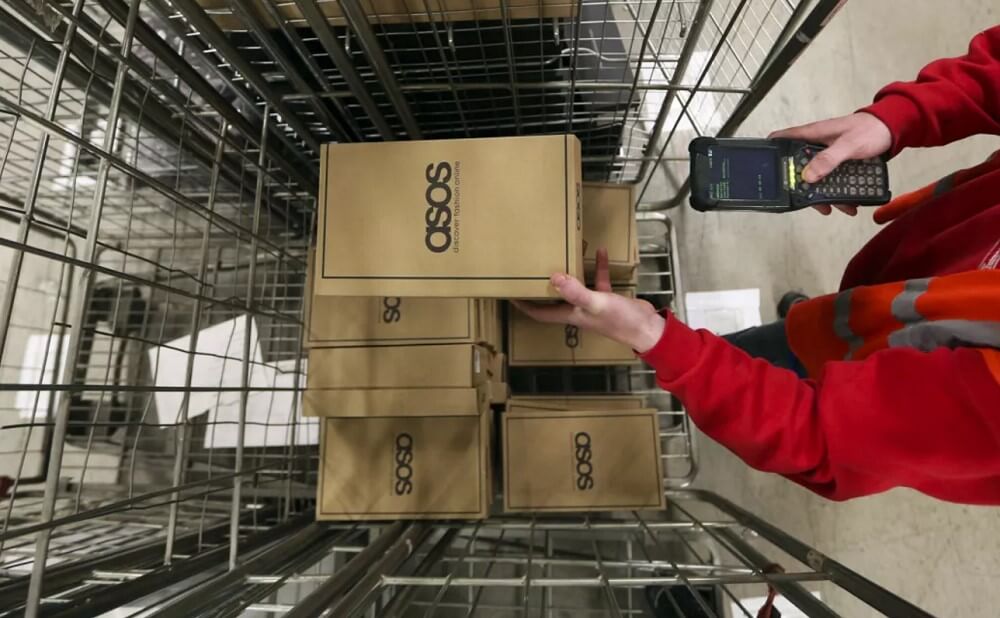For any retailer, having a supply chain that operates tightly and without error is the key to success. Failings in the chain can lead to time inefficiency, profit damage and ultimately the loss of customer satisfaction. The ramifications of not placing attention on the management of a strong supply chain can be severe. As a result of this, retailers are increasingly looking for ways in which to identify and eliminate any weaknesses.

Where many retailers fall down is in the ability to look at the chain as a whole, end-to-end: from what occurs just before the point at which the product enters the supply chain, and when it leaves. A good way of examining this is via process flow mapping. This can be achieved by looking at all aspects of the product, and the various inputs and outputs encountered throughout its creation and distribution. This exercise provides valuable insight and awareness into where third party communication may be required through the need to develop dependable interfaces, as well as where supply chain efficiency may be at risk through poor stock management.
When looking for a way to ensure that stock levels are optimised, having a robust, flexible replenishment system is the first module to consider. Forming part of an omnichannel retailing approach, an auto replenishment system, such as Merret, assists with the movement of stock between locations via user defined algorithms, which allows retailers to have dynamic control and maintain correct inventory levels.
Sales performance can be tracked, whilst promotions or seasonal increments can be forecasted and stock level changes made accordingly. Removing issues around products ‘out of stock’, an auto replenishment system uses rationing, ensuring stock reaches the destination it is most needed, and intelligent substitution of continuity items.
Forming part of the omnichannel supply chain, a further benefit of Merret is its Purchase Order Management system, which allows buyers to build product ranges with financial accuracy in changing environments. Landed costs are accurately calculated automatically, with variables such as freight & duty included. As purchase orders can be set as flexible, re-raising them if a delivery is incomplete is unnecessary; the system allows for receipt of additional deliveries, should they be required.
Other advantages of using Purchase Order Management include purchase order creation defaults, and multi-drop purchases orders, which allow agreements with suppliers for large amounts of product, which can then be phased into the supply chain when required.

The cornerstone of any omnichannel supply chain is a central stock pool, sitting at the heart of the chain. From a central pool, orders can be fulfilled no matter which channel due to a single, centralised view, meaning that inventory is used in the most cost efficient manner. This encompasses what is held in the warehouse, as well as in stores. As a result of this, terminal stock is reduced with less excess ordering, supply chain efficiency can be tightened up, and the sell through of full-price stock rises.
Linking this with a warehouse management system, order cycles can be improved and stock levels easily adjusted due to the way a WMS interprets past data trends, predicting changes in stock activity before they occur.
Join leading retail brands such as ASOS, Harvey Nichols, Whistles, Mint Velvet and more, and optimise your supply chain for global omnichannel retailing.
We think you might like these posts too
© 2025 Retail Assist Limited. The Hub Floor 5A, 40 Friar Lane, Nottingham, NG1 6DQ.
Registered in England. Company number: 03790674
info@retail-assist.com | +44 (0)115 904 2777
Website Designed & Built by we are CODA